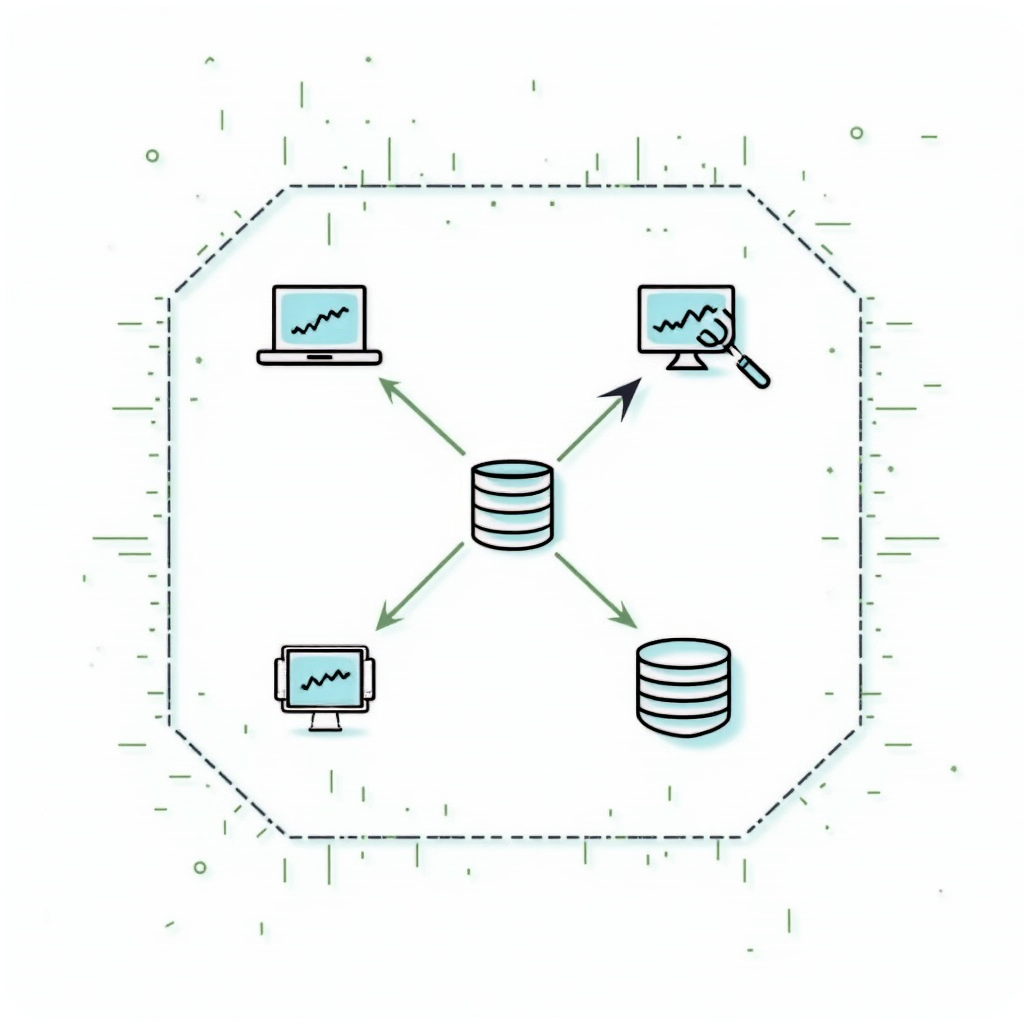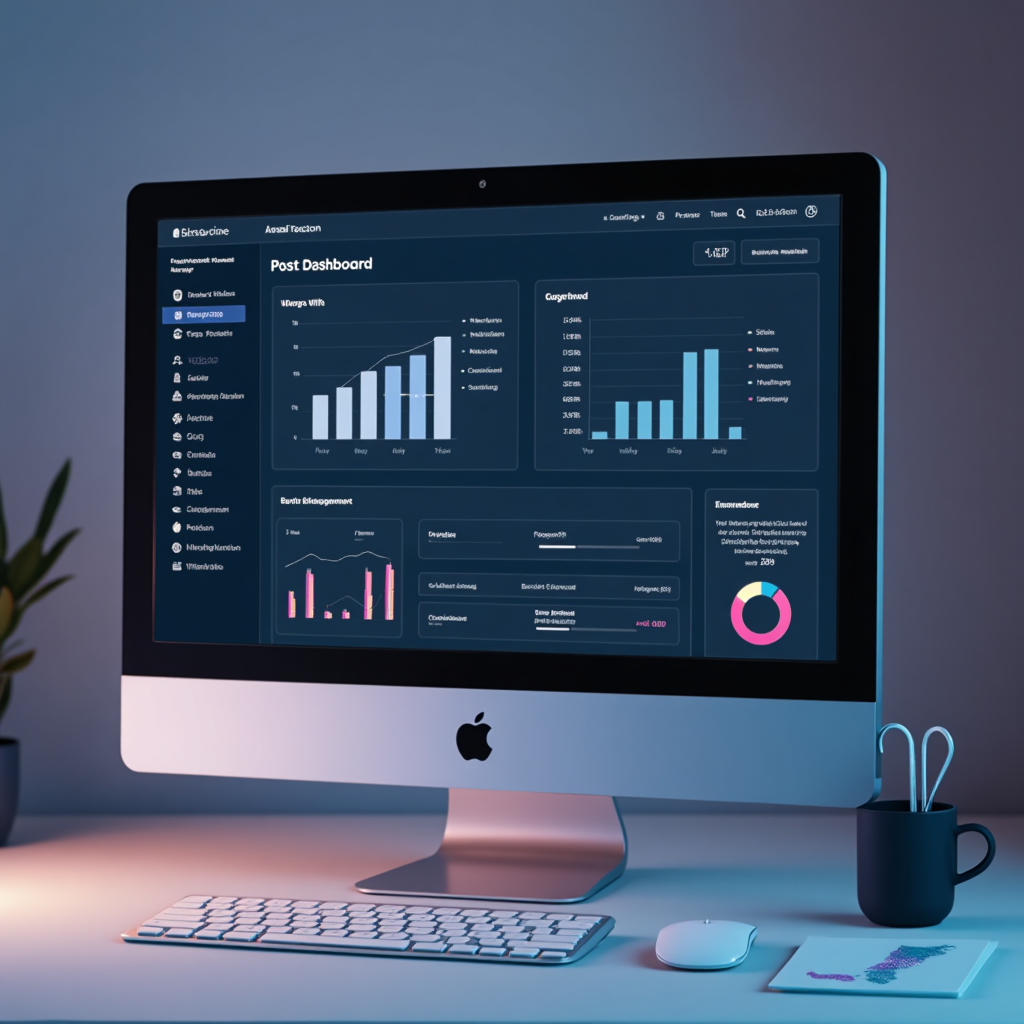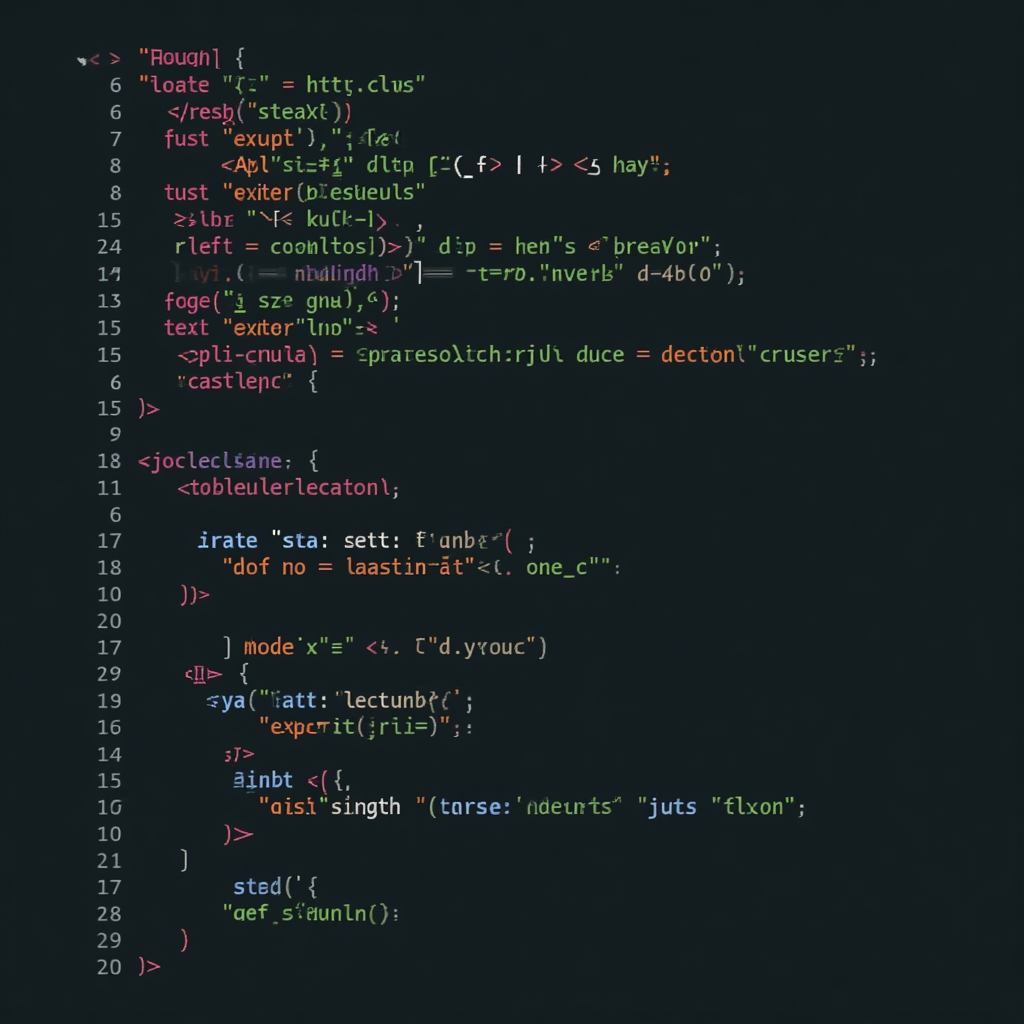How to Manage Data Migration & Database Optimization in CodeIgniter
Data migration in CodeIgniter is simplified through its built-in library. It allows developers to manage database schema changes efficiently. The migration class provides methods to create, modify, and delete database tables. This process helps keep track of changes and ensures consistency across different environments. CodeIgniter’s migration tool supports various database systems and is easy to use, making it a convenient solution for managing database schema changes during the development and deployment process. It simplifies the migration process and reduces errors. This tool is essential for efficient database management in CodeIgniter applications. It saves time and effort.
How to Manage Data Migration & Database Optimization in CodeIgniter Read Post »











